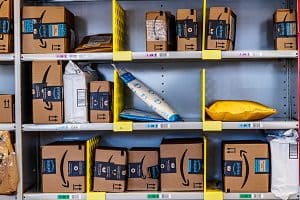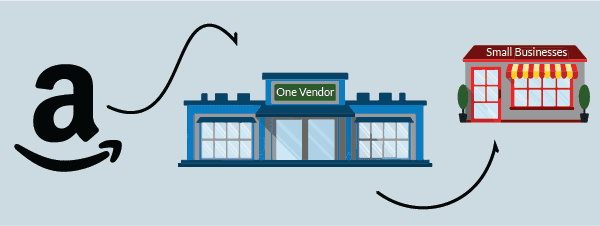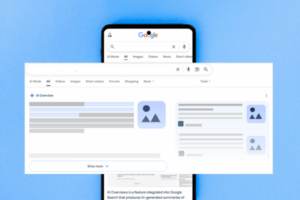On March 8th, tens of thousands of Amazon sellers did not receive their weekly purchase orders from Amazon. Some sellers received notification that there was a technical issue with Amazon’s ordering system, while others were told that they should not expect future purchase orders.
Amazon’s Motive

A majority of the businesses affected have $10 million or less in sales volume on Amazon per year and don’t have assigned vendor managers. This implies that Amazon is offloading purchasing, storing, and shipping costs onto smaller vendors by pushing them to its self-serve, third-party business, Seller Central.
This change also means that, for these suppliers, Amazon will take commission on individual transactions, which is much less risky than buying the goods themselves. Over the past month, Amazon has also notified larger vendors that they will eliminate any simultaneous business done through Seller Central. We can assume the ability to work both sides of Amazon’s business was an unintended capability that Amazon is now correcting.
Immediate Effects
Small brands who have been selling directly to Amazon may not have the means to convert to direct selling in such a short period of time. As a result, many will suffer an interruption in their sales. For small businesses who are dependent on regular cash flow, this push out of Vendor Central could be disastrous.
Moving from Amazon Vendor to Seller Central means:
- Amazon sellers will now make all inventory decisions, rather than being able to rely on Amazon’s Purchase Order each week.
- They will now be able to set their own product prices.
- As a brand, Amazon sellers will have to take on their own customer service needs.
Where Amazon Is Headed
Many believe that these changes are leading to the launch of a platform that would merge Seller and Vendor Central into one system called One Vendor. This would improve the uniformity of shopping on Amazon, but would also drastically decrease the overhead costs that Amazon suffers from managing two systems. Having one system could also simplify data collection and analysis on products and shoppers.

Although Amazon has denied the current existence of One Vendor, it is clear that they are asserting more control over where and how certain brands can use their platform.
Looking to learn more about Amazon and how your brand can capitalize on the constantly evolving advertising landscape? Download our premier guide: Amazon Advertising for Brands and you’ll uncover the hidden opportunities to turn your Amazon business into a profit-making machine.



